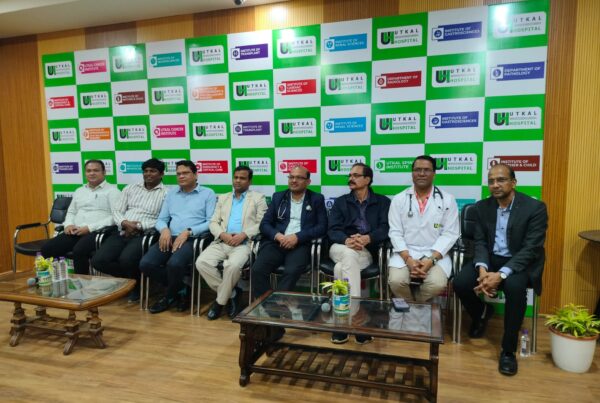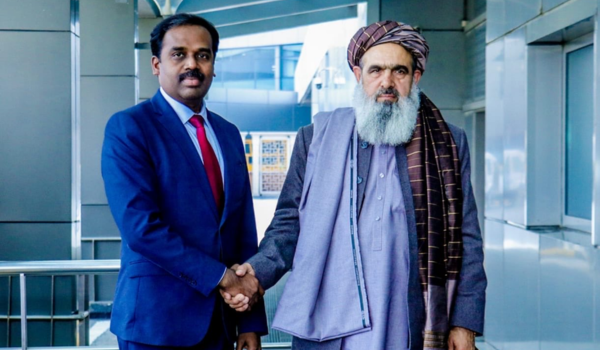Despite advances in healthcare and increased awareness around maternal health, a new report from the World Health Organization reveals that maternal mortality rates remain disturbingly high in many parts of the world. The data underscores persistent gaps in access to quality care, especially in low-income and conflict-affected regions.
The report highlights that approximately 800 women die every day due to complications related to pregnancy and childbirth. Most of these deaths are preventable with timely, adequate medical intervention. The findings point to a troubling stagnation in progress, with some countries even seeing a reversal of previous gains.
Sub-Saharan Africa continues to bear the highest burden, accounting for nearly 70% of all maternal deaths worldwide. In contrast, high-income countries report significantly lower mortality rates, revealing a stark disparity that underscores systemic inequalities in healthcare access and infrastructure.
India, which has made notable progress in reducing maternal deaths over the past two decades, still faces challenges. According to the latest data, India’s Maternal Mortality Ratio (MMR) has declined to 97 deaths per 100,000 live births as of 2020—down from 103 in 2017–19 and significantly lower than the 556 recorded in 1990. This marks a considerable achievement, yet regional disparities remain stark, with states like Assam, Uttar Pradesh, and Madhya Pradesh reporting much higher MMRs compared to southern states such as Kerala and Tamil Nadu.
While India has expanded institutional deliveries and increased access to antenatal care under initiatives like the Janani Suraksha Yojana and Pradhan Mantri Surakshit Matritva Abhiyan, the WHO notes that quality of care and timely access to emergency services are still lacking in many rural and underserved areas. Factors such as anemia, poor nutrition, delayed referrals, and inadequate postnatal care continue to contribute to preventable maternal deaths.
The WHO emphasizes that the leading causes of maternal death—severe bleeding, infections, high blood pressure during pregnancy, complications from delivery, and unsafe abortion—can be effectively addressed with proper medical care. However, millions of women still lack the basic services needed for a safe pregnancy and childbirth, such as skilled birth attendants, emergency obstetric care, and access to contraception.
The report also notes that crises such as armed conflict, natural disasters, and pandemics exacerbate these challenges, often disrupting health systems and making care even less accessible. Women in fragile settings face the highest risks, with limited support systems and strained medical facilities.
Global health experts are calling for renewed investment in maternal health services, improved education for healthcare workers, and stronger political commitment to gender equality and reproductive rights. They stress that reducing maternal mortality is not only a moral imperative but also essential for achieving broader goals in public health, economic development, and human rights.
The WHO concludes that while progress is possible, it requires coordinated action at all levels—from international aid to local healthcare reform. Without urgent intervention, maternal mortality will remain a grim reminder of the world’s unfinished health agenda, even in countries like India that have made considerable strides.




